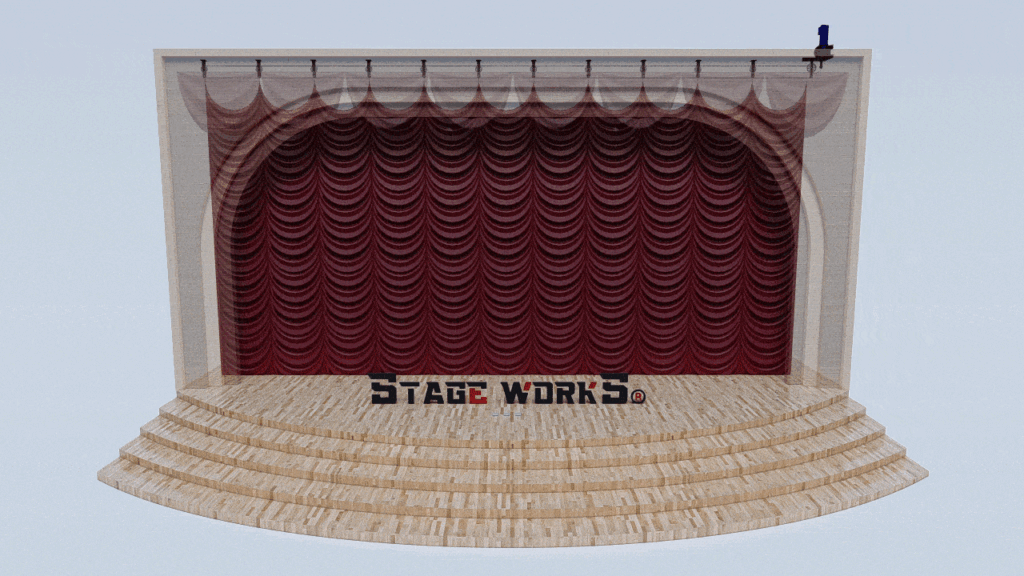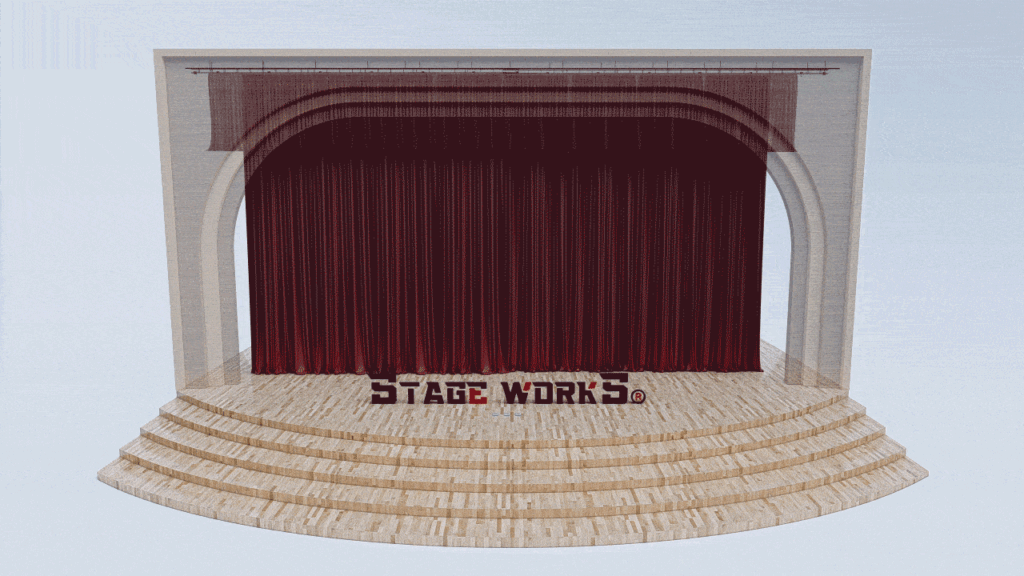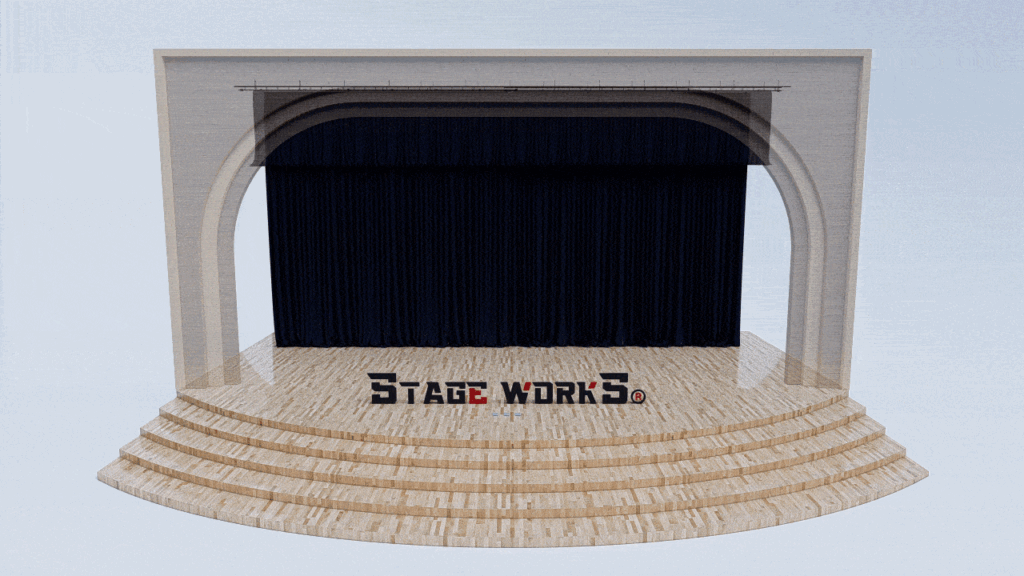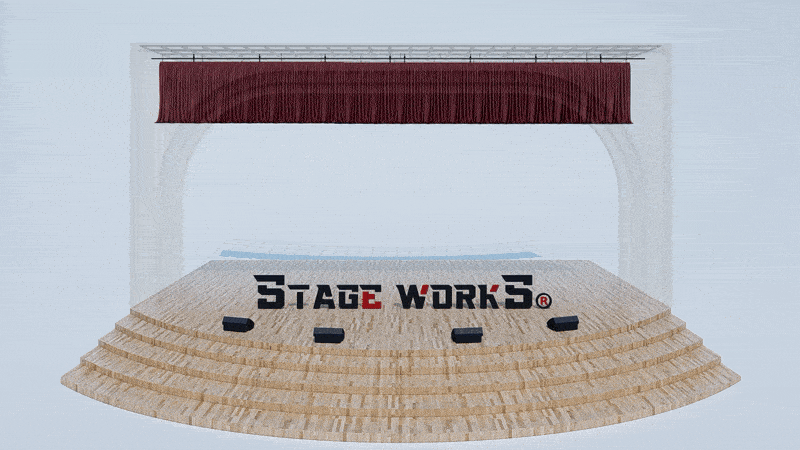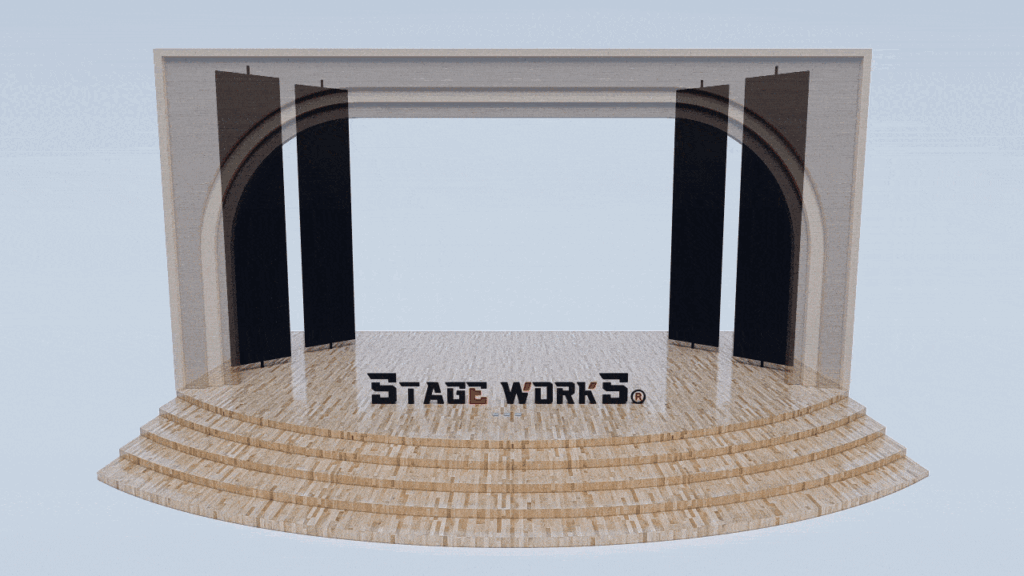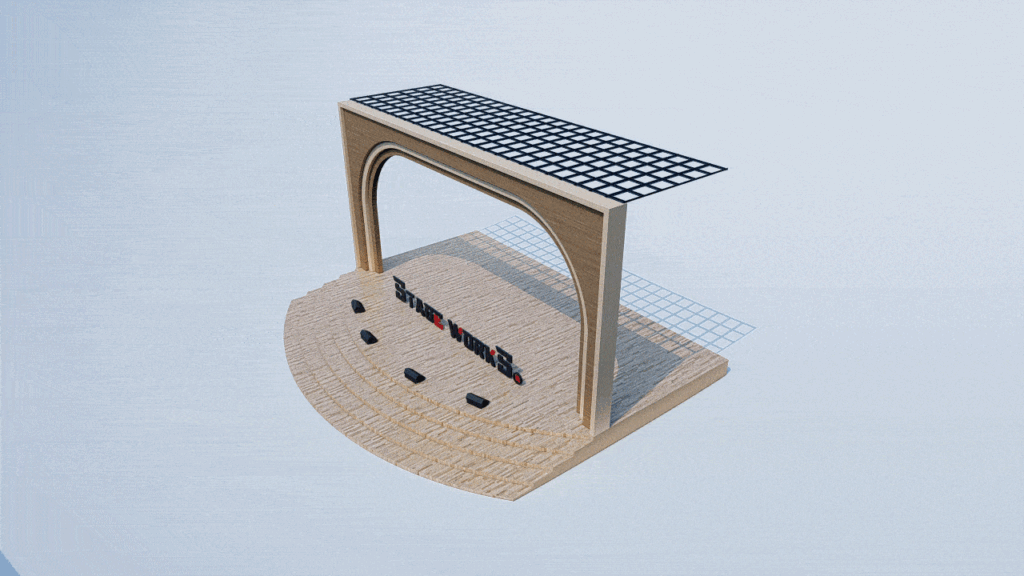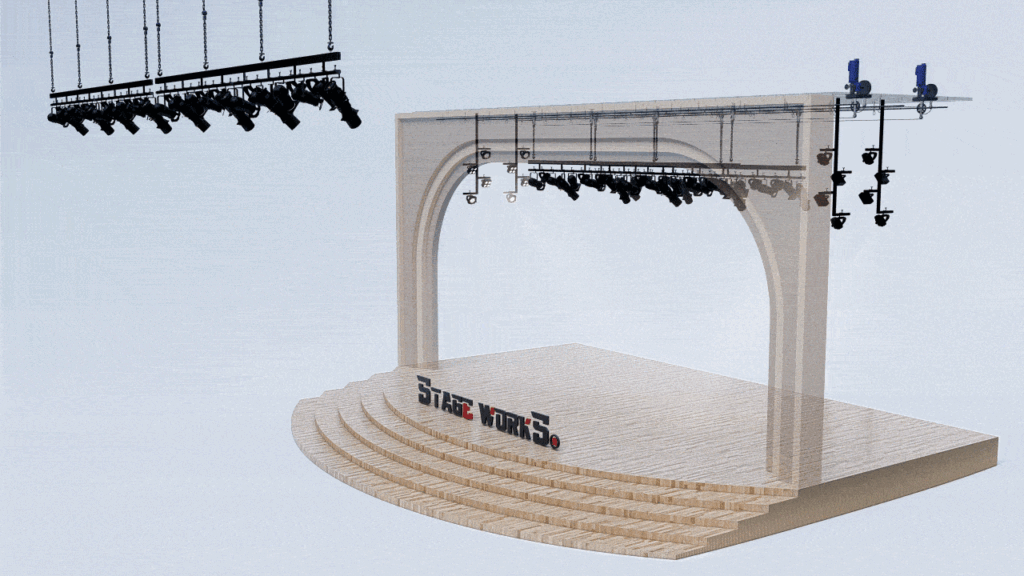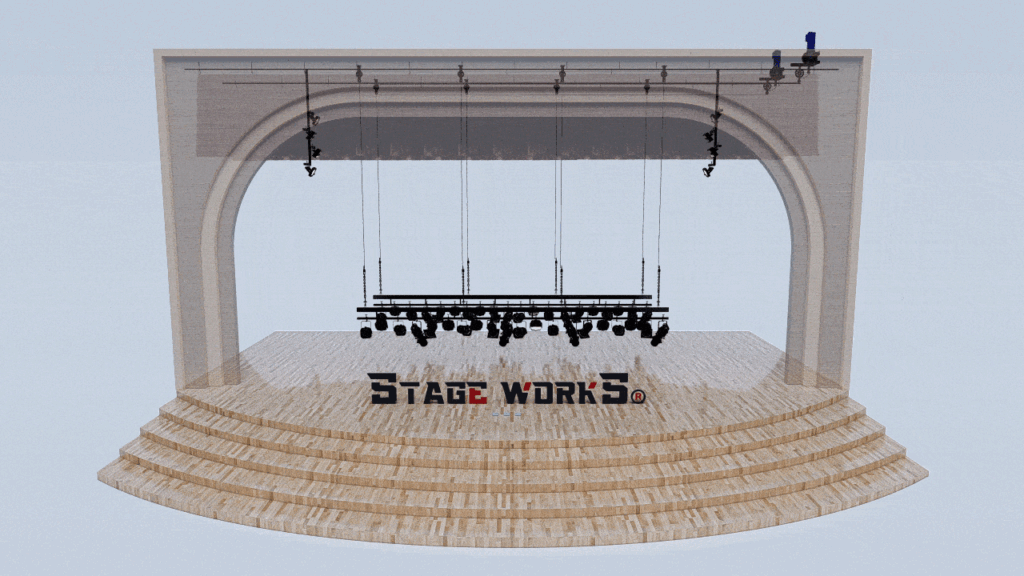Stage Curtains: The Unsung Hero of Every Great Performance
The Silent Storytellers of the Stage
From the grand opera houses of Europe to the intimate black box theaters of New York, a crucial element remains consistent: the stage curtain. Often overlooked, the curtain is far more than a simple piece of fabric; it’s a dynamic component that significantly impacts the audience experience and the overall success of any performance. This article delves into the multifaceted role of stage curtains, exploring their history, functionality, and the crucial impact they have on theatrical productions.
A History Woven in Fabric: From Humble Beginnings to High-Tech Marvels
The use of curtains in theatrical performances dates back centuries. Initially, simple drapes served a purely practical purpose, concealing scene changes and providing a backdrop for the actors. However, over time, the curtain evolved, becoming an integral part of the storytelling itself. The rise of elaborate stage machinery allowed for more complex curtain movements, adding another layer of visual spectacle. Today, we see a breathtaking range of materials, designs, and mechanisms, from classic velvet to innovative translucent fabrics operated by sophisticated computer systems. This evolution mirrors the broader progression of theatrical technology, constantly striving to enhance the audience’s engagement and the artist’s creative vision.
Beyond the Veil: The Functional Roles of Stage Curtains
Beyond their aesthetic appeal, stage curtains fulfill several vital functions:
- Scene Changes: The most obvious function is the seamless transition between scenes. The quick and efficient change of curtains allows for a smooth flow of the narrative, preventing disruption and enhancing the audience’s immersion.
- Set Concealment: Curtains effectively mask the backstage area, concealing the complex set changes and technical preparations that are vital to a successful performance. This keeps the magic alive for the audience.
- Lighting Effects: The curtain’s material and color significantly influence the lighting effects. Different fabrics and treatments can absorb, reflect, or diffuse light, contributing to the overall atmosphere and mood of a scene.
- Sound Absorption: Curtains can also play a role in sound control, absorbing unwanted noise and enhancing the clarity of dialogue and music.
- Safety and Security: In addition to these artistic roles, stage curtains provide a critical layer of safety, shielding performers and equipment from accidental damage.
The Art of the Reveal: Curtains as Narrative Devices
The stage curtain isn’t merely a functional element; it actively participates in the narrative arc. The anticipation of the curtain’s rise, the moment of revelation, and the carefully orchestrated closing all contribute to the emotional impact of the performance. Think of the suspense created by a slowly opening curtain, or the dramatic effect of a sudden drop, signaling a pivotal moment in the story. Masterful use of the curtain can heighten emotional intensity, amplify comedic timing, and establish the overall tone of the play.
Choosing the Right Curtain: A Consideration of Materials and Mechanisms
The selection of stage curtains is a critical decision, influenced by the type of production, the budget, and the desired aesthetic. Various factors must be considered, including:
- Fabric Type: Velvet, velour, muslin, and other specialized fabrics each offer unique properties in terms of drape, light absorption, and durability.
- Curtain Mechanism: From traditional hand-operated systems to sophisticated motorized tracks, the choice of mechanism impacts the speed and ease of curtain operation.
- Fire Safety: Fire-retardant fabrics and safety features are paramount, ensuring the safety of performers and the audience.
- Maintenance: The chosen fabric and mechanism should be easy to maintain and clean, minimizing downtime and extending the lifespan of the curtains.
Conclusion: Investing in Excellence
The stage curtain is an unsung hero of every successful performance. Its functionality, aesthetic appeal, and its ability to shape the narrative make it an indispensable part of the theatrical experience. Selecting the right curtains requires careful consideration of materials, mechanisms, and safety standards. By understanding the crucial role of stage curtains, producers and designers can elevate their productions and create truly unforgettable performances. Contact stagecurtains.in today to discuss your specific needs and discover the perfect curtain solution for your next production.




